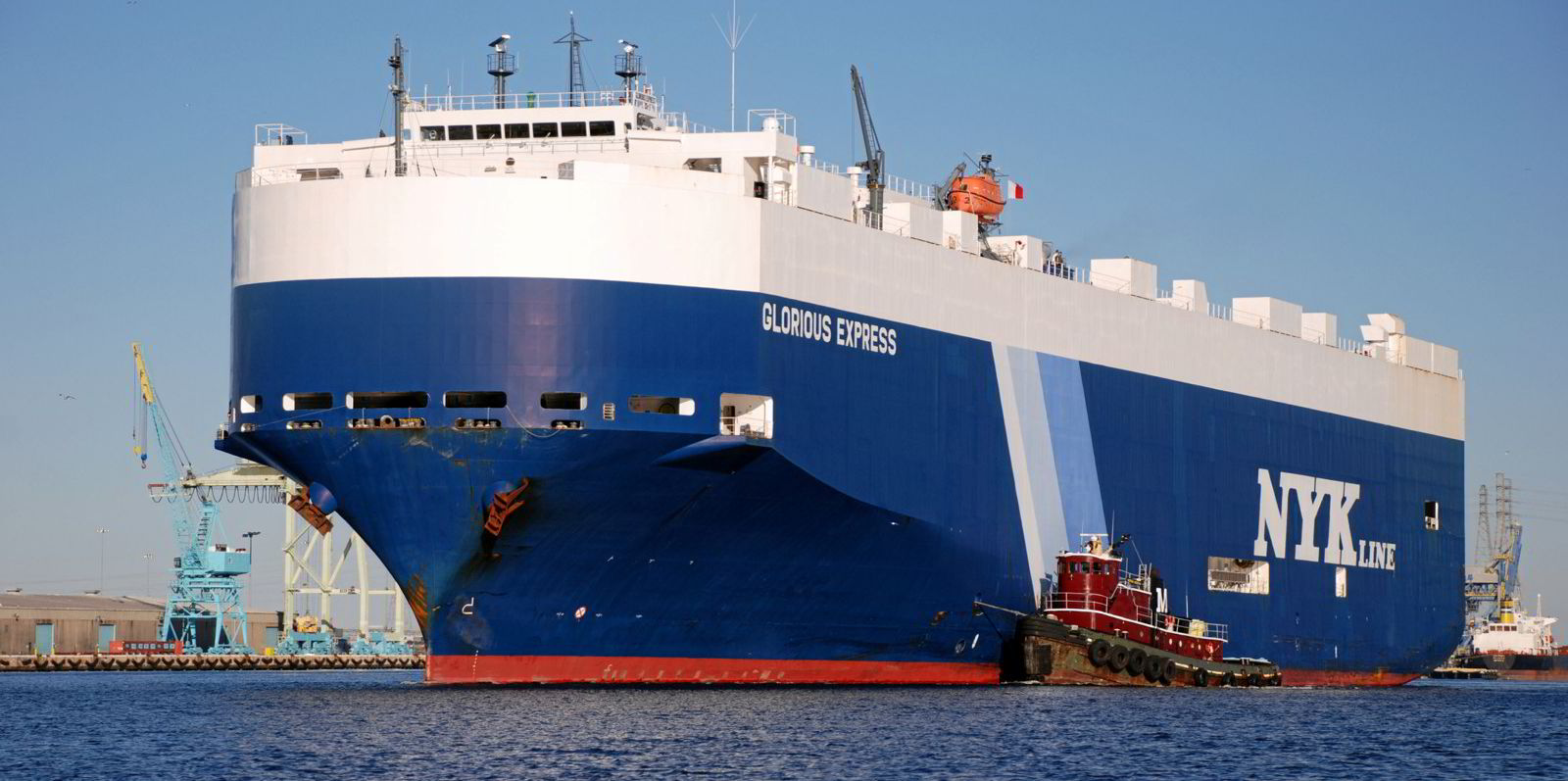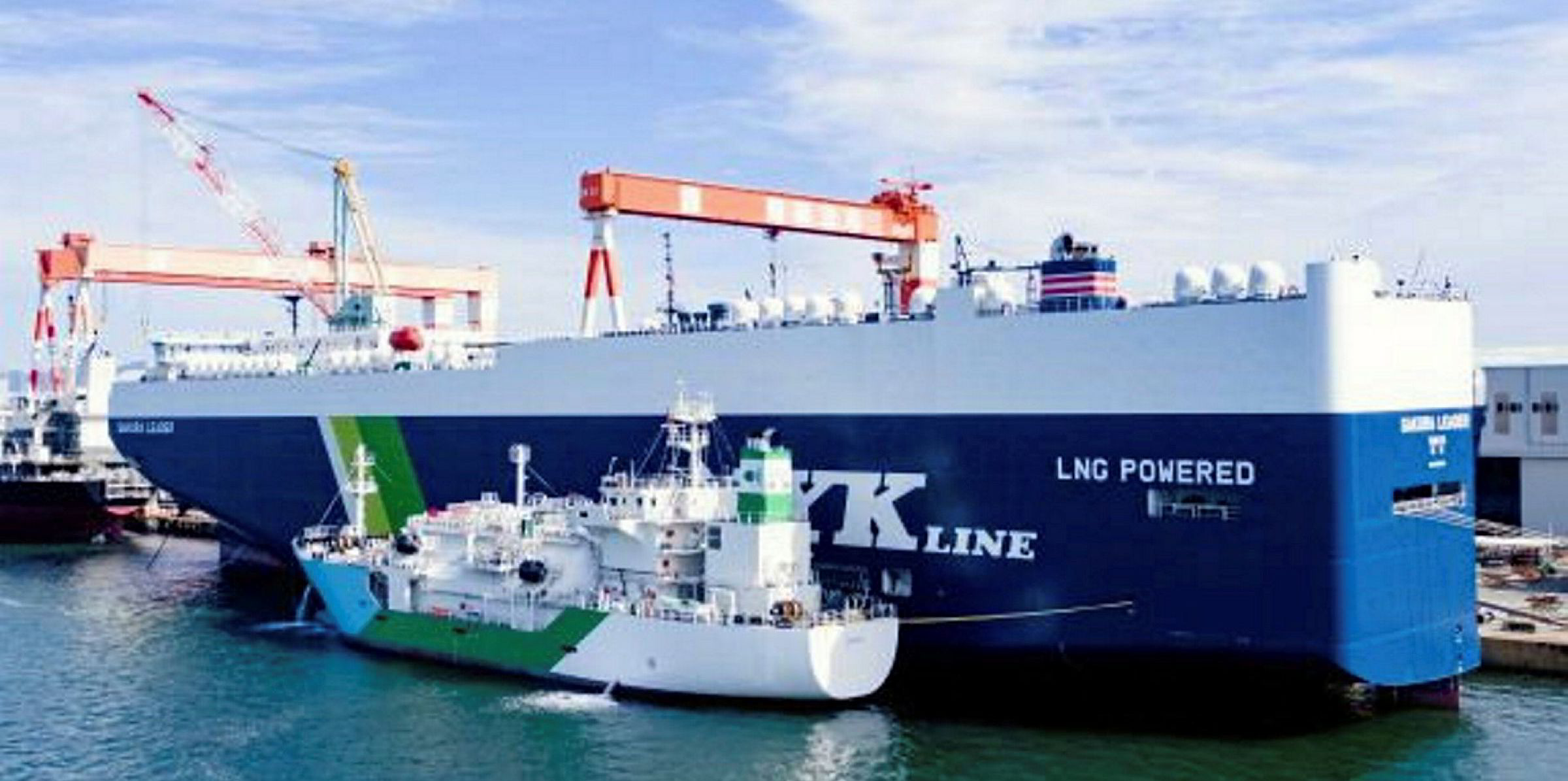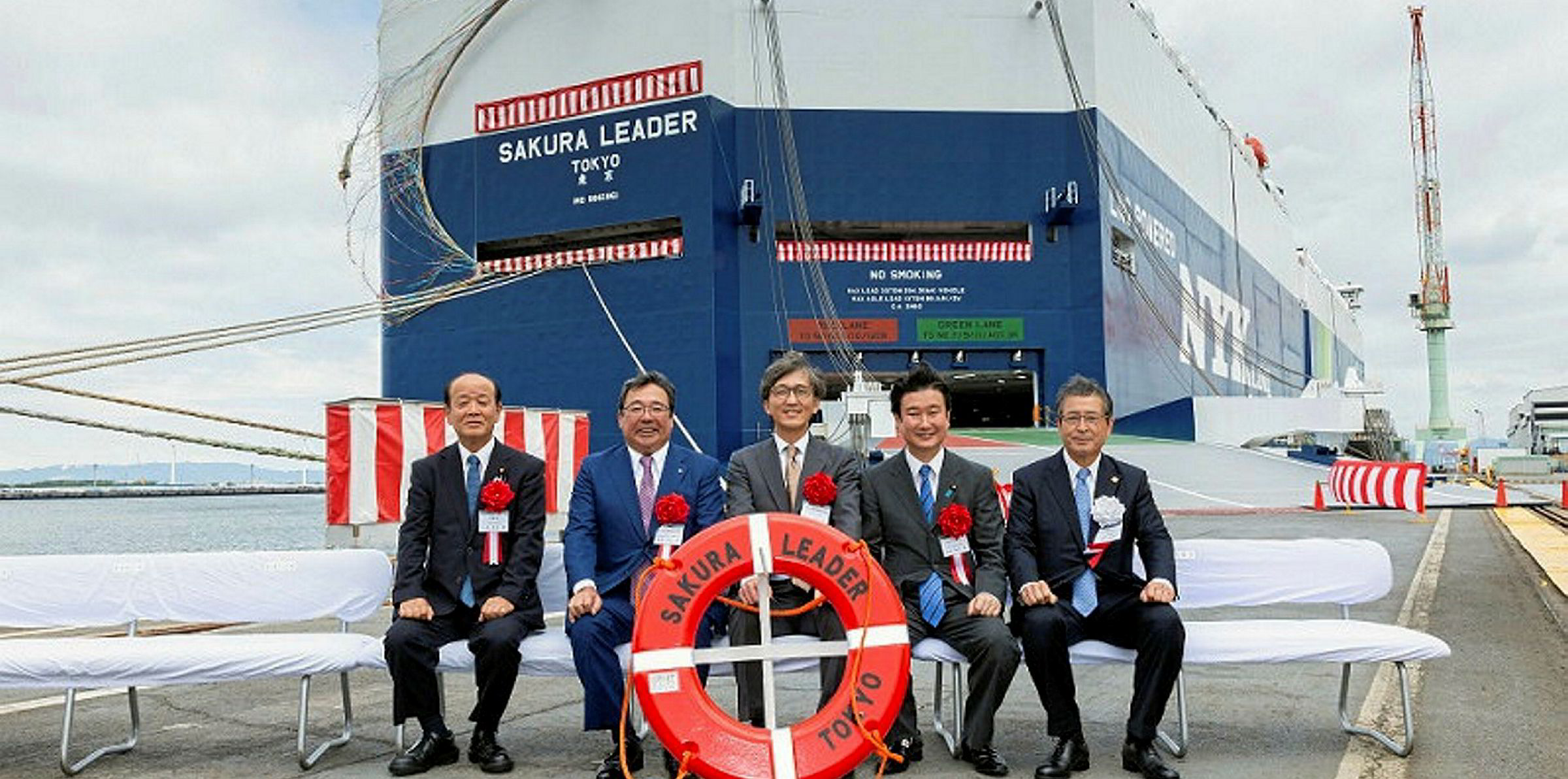Car carrier owners have reason for optimism as the sector recovers quickly from the demand devastation caused by the Covid-19 pandemic.
Stephen Gordon, managing director of Clarksons Research, said the fleet had seen deeper initial disruption due to coronavirus than during the 2008 financial crisis, but there had also been a more rapid rebound.
Idle fleet capacity rose sharply to 18% late in the second quarter.
The one-year time charter rate for a 6,500-ceu pure car/truck carrier (PCTC) was assessed at $10,000 per day between May and August, a record low, although in reality little fixture activity occurred, and business concluded was generally for very short periods, Gordon said.
As volumes have begun to recover, much of the idle fleet has been reactivated, and charter rates and period lengths have trended upwards, he added.
By early November, the one-year time charter rate had risen to $14,500 per day, still down 15% year on year, but with further increases possible in the short term as the market tightens.
Transported volumes were down 63% in May year on year, but trade has grown after the halfway point of 2020 to levels only 5% below September 2019.
Clarksons’ tracking of port call activity also shows further improvements in the final three months — down 4% year on year by mid-November.
“While these trends are encouraging and reflect factory production recovery and broader economic trends, they are also in part driven by restocking efforts that may ease back, while car demand in developing countries remains weak,” Gordon said.
Clarksons is projecting a 21% decline in trade to 16.7m vehicles across 2020, before a rebound in 2021 to 20m units, excluding all intra-European trade. This scenario would take trade next year to 5% below 2019 levels, but with higher and lower cases both feasible, given current uncertainty.
Clarksons expects “deep” monthly and quarterly variations to continue to influence shipping market conditions, creating periods of tightness and weakness.
Demolitions rise

With a historically small orderbook — just 2% of the fleet compared with 50% in the 2008 financial crisis — the declining capacity trend has continued.
There were 756 vessels operational, of 3.93m ceu, which was down 2% from the start of the year.
“We are projecting a further decline next year that would leave fleet capacity 4% down on end-2019 levels, with adjustments in speed (4% down year to date to average 14.4 knots) also impacting available fleet supply,” Gordon added.
Orders have been extremely limited for the fifth consecutive year. Only two newbuilding contracts have been logged, in January.
Continued short orderbook
“Previously weak market conditions, the Covid-19 impact and uncertainty around alternative fuels suggest a continued ‘short’ orderbook for the moment,” Gordon said.
TradeWinds reported last month that the pandemic and environmental constraints led to a steep increase in the number of PCTCs being sold for demolition this year. An analysis of data from VesselsValue showed 26 such ships were scrapped between early January and the end of October, a 117% increase from the same period last year.
That is the steepest demolition rate growth for any class of ship apart from cruiseships, which have been savagely hit by the pandemic.
The 26 PCTCs scrapped this year already match the record number of demolition deals recorded this decade, in 2016.
Even more dramatic is the sudden drop in the average age of the units scrapped. In no single year in the past decade has it strayed from a narrow band of between 28 and 30 years. But in 2020, this figure is 25 years.
Sale-and-purchase activity has been limited, however, with just four vessels sold this year, alongside a softening in guideline asset values, according to Clarksons.
Gordon said the shift towards electric and hybrid cars will need to be monitored closely by the industry for impacts on total vehicle production volumes.
Volumes could rise as government decarbonisation targets are brought forward.
Shipping’s inclusion in the European emissions trading scheme will also increasingly affect a fleet that produced an estimated 14m tonnes of CO2 in 2019.
“On balance, our analysis suggests improving shipping market conditions over the next 12 months, albeit from a low base and with major Covid-19 and economic uncertainty as a headwind,” Gordon said.







